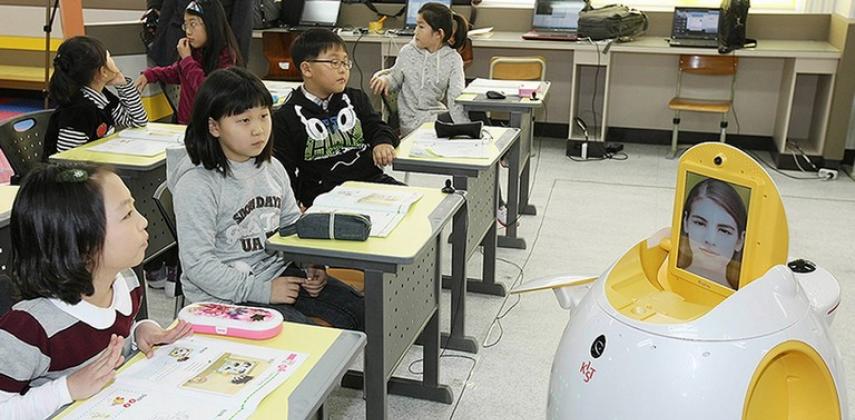Use of technology in the classroom will continue to change teaching methods and course content, reflecting the broader developments made possible by advances in IT and easy access to internet resources.
However, experts are quick to stress that while this does open a new frontier, both teachers and students need appropriate training to see where the real value lies. To maximise the educational benefits, they must make the distinction between mere tools and the true skills, understanding and spirit of inquiry they are meant to create.
It is also essential to realise that today's high-speed modes of communications, and vast volumes of data, often count for little. What matter most - in school, as in later life - are still abilities such as critical thinking, self-expression, deduction and interaction with others, which should be the basis of any good curriculum.
"Classroom technology is about enabling learners to do things that are not otherwise possible," says Professor Nancy Law, director of the Centre for Information Technology in Education at the University of Hong Kong. "The hardware is one thing, but it is really about allowing students to explore collaborative learning, with the possibility to reach out to different sources while studying in an organised, formal manner."
Law notes that in most Hong Kong schools, there is some way to go before computers become the learner's tool rather than just the teacher's aid for presenting course material. But she has seen excellent examples in primary classes where a general studies teacher might ask a question about greetings in different countries. Groups then use internet links to discover people typically bow in Japan, kiss in France, or shake hands in the US.
The lesson, of course, is not about bytes and keyboards. It is about cultural differences, communication and research skills, with the teacher asking which search words give the most useful results. "Students become more open and inquiry-oriented," Law says. "They find classes more interesting and are not just learning what is in the textbook."
On a recent school visit in Singapore, Law saw other instances of how the innovative use of available technology can potentially "revolutionise" the teaching of any subject. In a physical education class, students were given a device to monitor their own heart rates. The lesson was about certain sports skills, but was also helping to develop awareness of healthy lifestyles. The plan was to upload data to the school's server so that children and their parents could track progress.
"It is a very different way of looking at physical health and exercise," Law says. "You are giving a message that there are ways for children to take responsibility for their own fitness."
In general, Law believes that such applications of technology are perhaps only limited by the teacher's or school's imagination. But there should be well thought-out guidelines per subject or class to ensure a focus on constructive learning and engagement, not unguided time wasting or pointless experimenting.
"It is important to give teachers a very clear vision of what's possible and how to achieve it," says Dr Kong Siu-cheung, head of the Department of Mathematics and Information Technology at the Hong Kong Institute of Education. "Technology is a vital tool. Used well, it leads to seamless learning between the classroom and the world outside, but there are traps."
The institute offers teachers a professional development course, covering management systems learning, free internet resources, applications, and problems like falling standards of language usage and "downloaded" homework.
"Teachers must know how to organise this material into a learning scheme that makes best use of the resources," Kong says. "The goal is to teach the subject matter, but also to develop skills and capabilities learners need in the 21st century."


